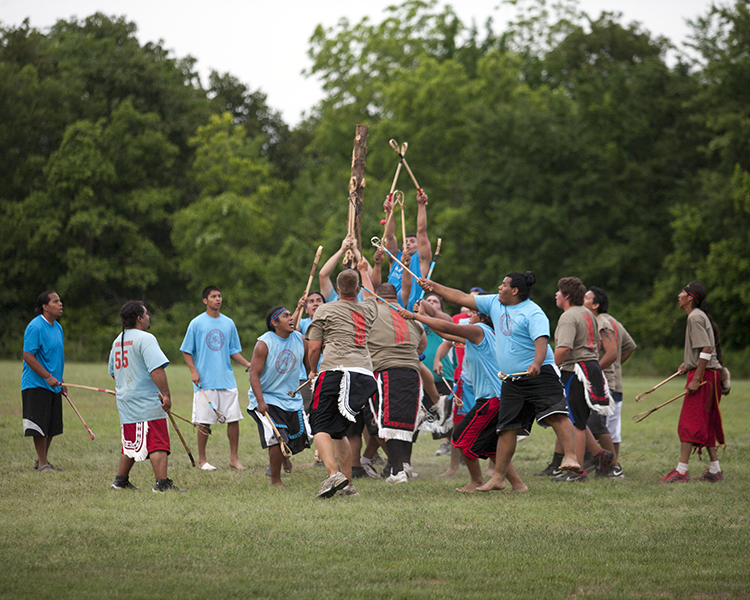Balancing on a RipStik, a caster board with two inclined platforms joined by a flexible middle, is an exhilarating yet challenging skill that demands coordination, strength, and perseverance.
Designed for riders seeking a unique and dynamic experience, the RipStik has gained popularity among enthusiasts of all ages.
However, mastering the art of balance on this unconventional ride requires a systematic approach and a commitment to practice.
Understanding the RipStik
Before delving into the intricacies of balancing on a RipStik, it’s crucial to understand its design and functionality.
The RipStik comprises two narrow decks, each with a rotating caster wheel. The decks are connected by a flexible bar, allowing riders to twist and turn with fluidity.
Unlike traditional skateboards, the RipStik relies on a unique pivoting motion, making it essential for riders to master balance and weight distribution.
Safety First
Before embarking on your RipStik journey, prioritize safety. Accidents and falls are inevitable during the learning process, and protective gear can mitigate the risk of injury. Choose a suitable practice area with a smooth and flat surface, away from traffic and obstacles.
Stance and Foot Placement
Proper stance and foot placement are foundational to mastering RipStik balance. Begin by placing one foot on each deck, positioning them parallel to the length of the RipStik. Keep your feet shoulder-width apart for stability.
The lead foot, typically the one you’re more comfortable with, should be slightly angled forward. In contrast, the rear foot remains perpendicular to the board.
Understanding Weight Distribution:
Balancing on a RipStik is all about mastering weight distribution. To initiate movement, gently shift your weight from side to side. Practice rocking back and forth while maintaining control.
The goal is to get comfortable with the board’s pivoting motion, gradually becoming attuned to the subtle shifts in weight required to maintain balance.
Basic Riding Techniques
Once you’ve established a solid stance and are comfortable with weight distribution, it’s time to practice basic riding techniques.
Start by pushing off with one foot to initiate forward motion. Use your back foot to propel the RipStik by pushing against the ground. Practice riding in a straight line before attempting turns.
Turning and Carving
Turning on a RipStik involves a combination of body movements and weight shifts. To make a turn, lean in the direction you want to go while simultaneously shifting your weight towards the front or back foot.
Carving, a more advanced technique, involves making smooth and controlled S-shaped turns. Mastering turns and carving requires practice and a deep understanding of your RipStik’s responsiveness to your movements.
Stopping Techniques
Learning how to stop safely is as crucial as starting and riding. To stop on a RipStik, gradually shift your weight to the back foot while keeping the front foot parallel to the board.
Use your back foot to drag against the ground, creating friction that slows down the RipStik. Practice stopping in a controlled manner to avoid sudden jerks or falls.
Balance Drills
To enhance your balancing skills, incorporate specific drills into your practice routine. One effective drill involves balancing on one foot while stationary.
Lift one foot off the RipStik and hold the position for as long as possible before switching to the other foot. This exercise strengthens the muscles involved in balance and enhances overall stability.
Another beneficial drill is the manual, where you lift the front wheels off the ground while keeping the back wheels in contact. This maneuver requires precise weight distribution and control, contributing to your mastery of RipStik balance.
Progression and Patience
Learning to balance on a RipStik is a gradual process that requires patience and perseverance. Set realistic goals for each practice session, focusing on gradual improvement rather than expecting immediate mastery. Celebrate small victories, such as completing a turn or maintaining balance for an extended period.
Advanced Techniques
Once you’ve mastered the basics, challenge yourself with advanced RipStik techniques.
These may include tricks like kickflips, ollies, and 180-degree spins. However, remember that attempting advanced maneuvers without a solid foundation in basic skills increases the risk of injury.
Progress at your own pace, gradually incorporating advanced techniques as your confidence and proficiency grow.
Common Mistakes and How to Avoid Them
During the learning process, riders often make mistakes that hinder their progress. Identifying and addressing these mistakes is crucial for continual improvement. Some common errors include:
- Overreliance on One Foot
Mistake: Putting too much weight on one foot while neglecting the other.
Solution: Practice shifting weight evenly between both feet to maintain balance and control.
- Stiff Posture
Mistake: Stiffening your body, hindering your ability to adapt to the RipStik’s movements.
Solution: Keep your knees slightly bent and maintain a relaxed posture to absorb shocks and maintain flexibility.
- Fear of Falling
Mistake: Fear can impede progress and hinder your ability to experiment with weight distribution.
Solution: Embrace falls as a natural part of the learning process. Protective gear will provide confidence and minimize the impact of falls.
- Inadequate Weight Shift
Mistake: Failing to shift your weight adequately during turns or maneuvers.
Solution: Practice deliberate weight shifts, focusing on smooth and controlled movements to improve balance and responsiveness.
Conclusion
Balancing on a RipStik is a rewarding journey combining athleticism, coordination, and perseverance. By understanding the fundamentals, practicing essential techniques, and prioritizing safety, riders can gradually master balancing on this unique casterboard. So, grab your RipStik, gear up, and embark on the exciting adventure of becoming a skilled RipStik rider.



